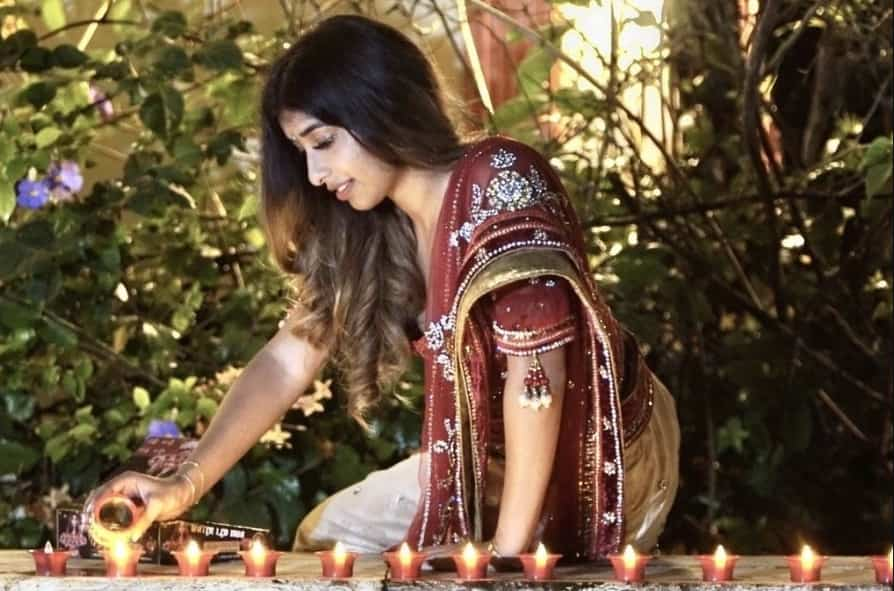
Investigation on Policemen for killing two in Green Island shooting
2024-06-06 07:44:05
Her innovative water-activated diyas have been praised for their safety and convenience, offering an alternative to traditional diyas without the risk of fire hazards.

Shazara Ramnarine’s water-activated LED diyas
Trinidad and Tobago: Shazara Ramnarine, a 22-year-old student from Trinidad and Tobago has come up with a unique, modern and safe to celebrate this Diwali by launching water activated LED diyas.
Ramnarine who is currently pursuing a bachelor's degree in Business Management at the University of Hertfordshire in United Kingdom said that the idea of creating such diyas came after she saw a similar sample that her grandparents brought from India almost two years ago. She specified that she immediately fell in love with the idea and since then was trying to find a similar alternative but was unsuccessful.
“My family and I celebrate Diwali every year, and an important part of those celebrations is the lighting of diyas—which represent the triumph of light over darkness, good over evil. These are important aspirations in troubling and difficult times in our country,” Ramnarine said.
She added that she always wanted to keep that spirit alive and make the festival much safer and more convenient for everyone. She emphasized that the diyas are very easy to light stating ‘if you’re two or 92, you can safely and easily light these diyas.’
These diyas further turn out to be a more convenient and friendly variant for the traditional diyas as there will be no threat to fire hazards. The water activated divas don’t require any wick, oil, electricity or flame, just plain tap water.
Ramnarine emphasized that once you add water to diyas they continue to light up for days until their batteries weaken, when they are to be changed. Ramnarine’s idea of water lighted diyas has been widely lauded across the island among the Indian diaspora who specifically emphasized the creativity and the need for such alternatives.
Such diyas are common across markets in India and in Trinidad and Tobago as well, especially during Diwali celebrations. However, Ramnarine explains that there was always a need for better quality variants in the market to which she decided to create a new variant at an affordable price.
This idea has however not been invited as expected by locals as they express their views stating that lighting clay diyas had a significance in the culture. A user named Akash BissDial stated, “Thought it may be a good idea, BUT the traditional, physical items of a lighting Diya, have symbolic meanings. There is a meaning of the Diya (clay vessel), wick and the coconut oil/ghee, etc.”
Another user named Saha Sams said, “Traditional and alternatives can't be used in the same sentence for this. It's innovative though. Happy that some of our young people are thinking of new inventions and putting their knowledge to use.”